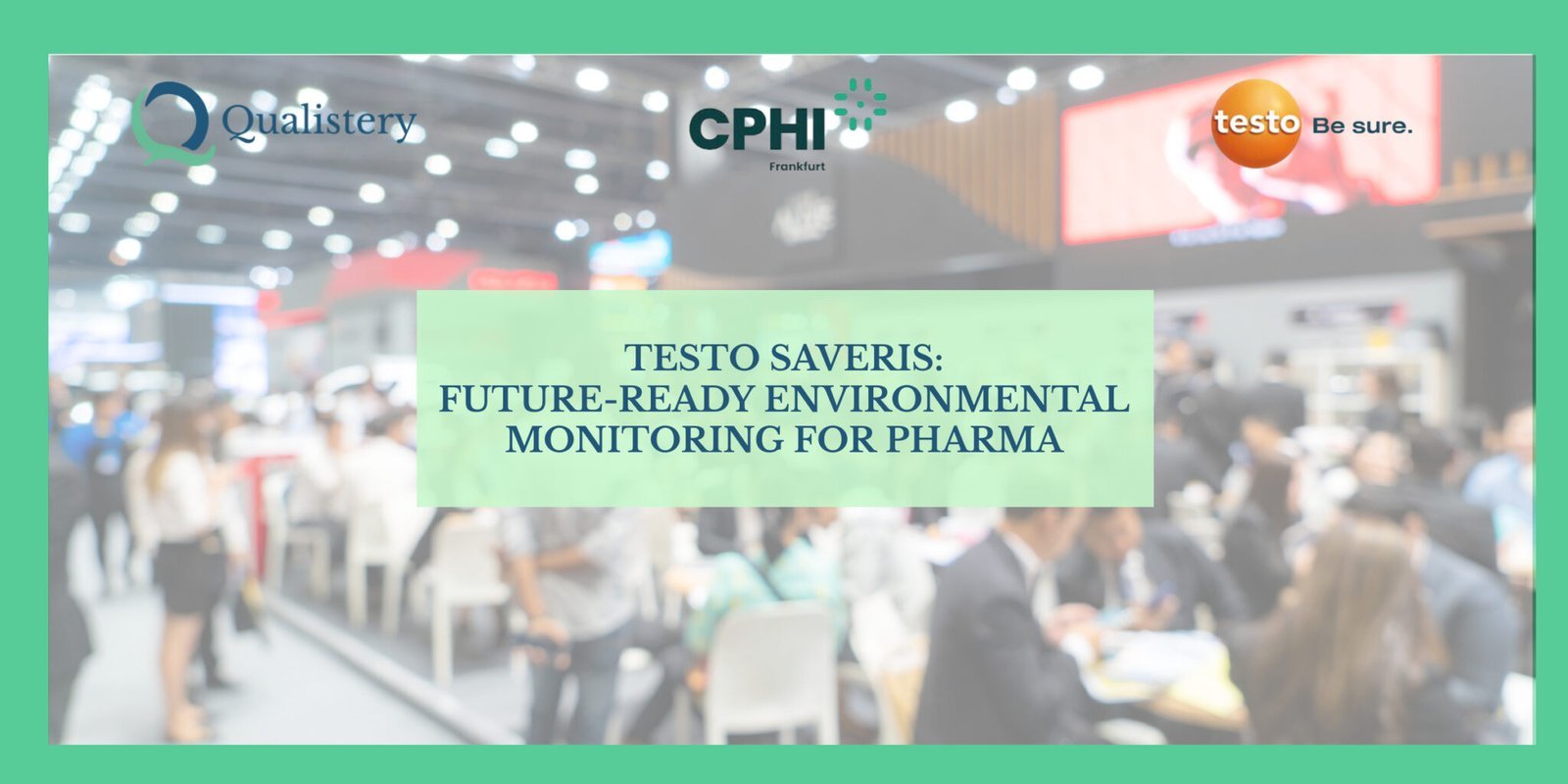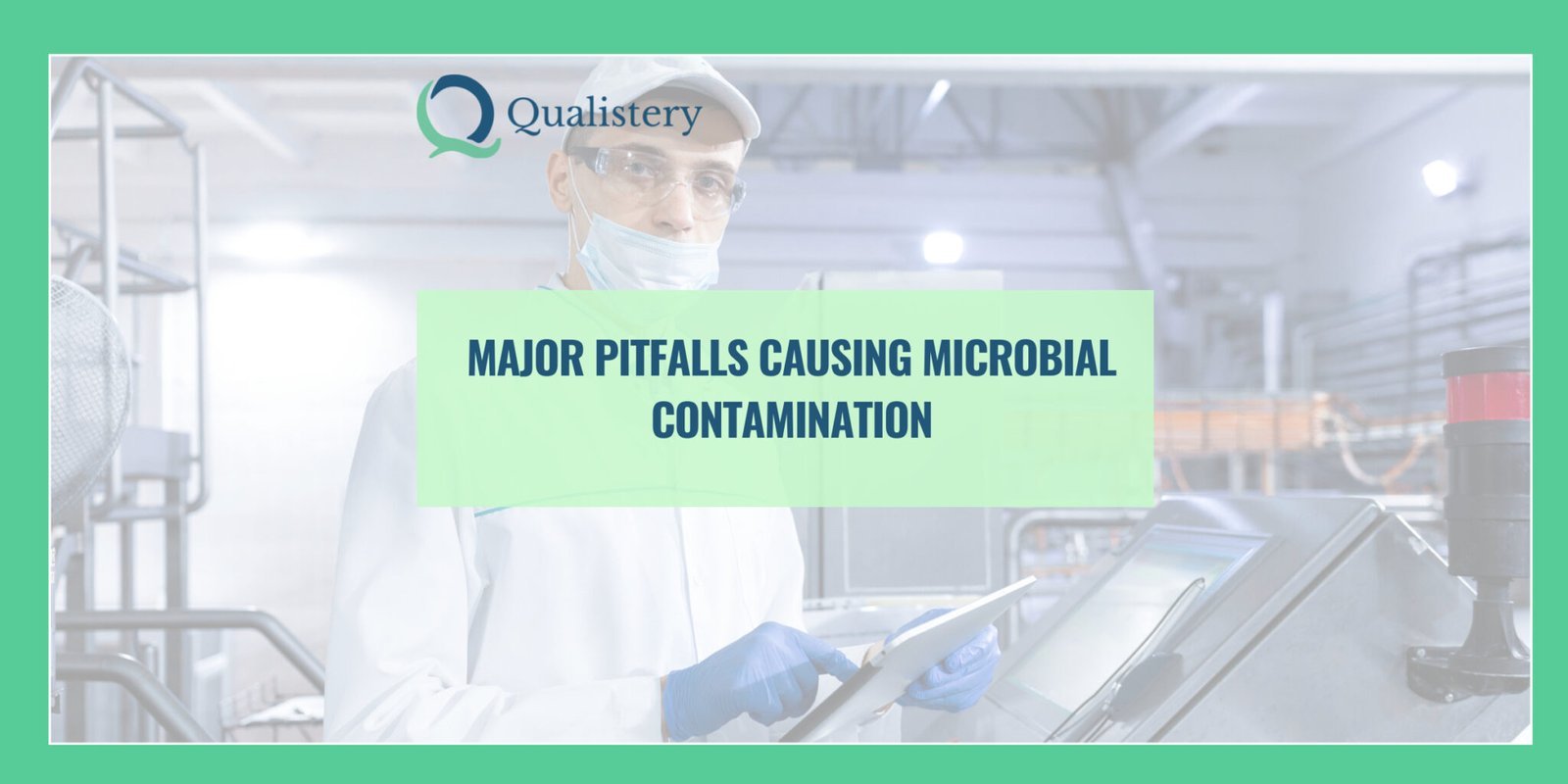
As a Quality Assurance, Industrial Microbiology expert and Innovation Consultant, recently I was
asked How do we choose which microorganism to work with if we want to do screening of different
potential actives searching for novel antimicrobial ingredients? The answer to this question is
associated to the specific problem to solve, the relevance to the market and to the associated user
pain.
So, the hated answer is “it depends” on:
- Is this to assess surface disinfection for an inanimate surface?
- Is this to validate a sterilization process? Which type of process?
- Is this to be used as antiseptic? Or as an active ingredient (i.e, acne, dandruff, gastrointestinal)
- Are you going to use the data on that specific marker for finish product quality control? For environmental monitoring? For risk assessment purposes?
- Relevance to the market: Over-The-Counter (OTC), injectables, medical devices, dermo-cosmetics, food, oral taken, mucosae interaction, veterinary use, other?
- Is this to choose the preservative agents in a product chassis?
Microbiological markers
What is a pathogen? A pathogen is a microorganism that can cause a disease to the host. There are two types of pathogens: the primary which can cause harm to a healthy host; and the opportunistic which cause a disease mainly to the immune compromised host. Not all strains of a particular specie have the same level of pathogenicity (capacity to cause modifications in the host cells or conditions) or virulence (capacity to cause harm).
Most common microbiological markers are chosen based on the ability to cause harm to humans. However, humans can be vulnerable depending on their age, immune system condition, nutritional status, physiological conditions, stress, emotional status, among others. It is known that even normal microbiota in the wrong corporal environment could become virulent and case infection.
Here some listing attempts from reputable origins:
ESKAPE Pathogens (WHO, 2017) – highly virulent and antibiotic resistant species including: Enterobacter faecium, Staphylococcus aureus, Klebsiella pneumoniae, Acinetobacter baumannii, Pseudomonas aeruginosa, Enterobacter spp
MDR Pathogens – Multi-Drug Resistance bacterial pathogens causing infections, particularly those acquired in healthcare settings. It poses a serious public health threat as the multiple patterns of resistance limit the effective treatment options for such infections becoming persistent in the patient.
Nosocomial Pathogens – causing healthcare associated infections occurring in patients under medical care. Everyday appears several scientific publications describing nosocomial infections everywhere in the world, even describing new species or reclassification based on phylogenetic differences among related species.
WHO Pathogens – microorganisms that might be associated to future outbreaks or pandemics.Based on global data analysis, lists of bacteria, fungi and virus which are updated on annual basis are provided with the intent of establish appropriated actions to mitigate the risk at global level.
Objectionable Microorganisms – microorganisms that, if persist and grow in non-sterile products, can cause harm to the user of the products and degrade the physicochemical, functional and therapeutic attributes of the products (see 21 CFR 211.113).
Parenteral Drug Association (PDA) describe it as “microorganisms that, due to its numbers and pathogenicity can cause infection, allergic response or toxemia in patients receiving the product”. Concept extended to “microorganism that can adversely affect the appearance, physicochemical attributes or therapeutic effect of a non-sterile product” or “less desirable organisms, ie, opportunistic pathogens. For example, it might relates to Gram-negative Pseudomonas and Gram-positive spore formers which do not typically cause infections in healthy populations but may give cause for concern in sick, immunocompromised or vulnerable populations such as the elderly and children”.
For quality control purposes of non-sterile product, regulations establish microbial limits commonly including common representatives for bacteria, mold and yeast. Microbial limits include total count limit and for specific pathogens establish requirement for absence under higher sensitivity method conditions (using validated methods). Expected risk assessment for product release purposes.
For sterile products, no growth is expected since sterilization requires the complete elimination of microbial life, including spores, by chemical or physical means. Several methods can be applied, once validated. Which microorganisms to choose to validate sterility it will depend upon the chosen approach. There are global standards describing how to validate those processes and the standard strains chosen for that purpose which include microorganisms proven to be heat resistant, irradiation resistant, chemical disinfection resistant, among others. Novel non-conventional approaches should demonstrate scientific rational and robust validation process.
For product preservation purposes, there are several parameters to be considered to qualify a preservative system in a product chassis: pH, ionic strength, water activity, interference compounds, among others. In addition to the common pathogen representatives as per product category, it might be interesting to test against specific potential objectionable species that might affect the quality of the product that commonly appear as environmental isolates in the production areas, at low counts in the finish product, in that water used for cleaning or for product making, or in non-sterile raw materials. Risk assessment process will be used to establish the microorganism to challenge.
For environmental monitoring, quality assurance managers and operations should include common bioburden bugs that appears with frequency in the protected and clean areas that eventually might appear in finish product causing some hurdles. For non-sterile products this might be manageable if proper risk assessment and mitigation strategies are in place to keep that bioburden under control. Those microorganisms eventually can adapt and become resistant to certain surface disinfectants, and it will be interesting to include those in the disinfection qualification process.
In conclusion, quality assurance and operations cannot focus only on the microorganisms included in the specification established as per regulations. Bioburden trend analysis is required to assure risk mitigation strategies and process validation is done properly and is effective in a sustainable way. For R&D purposes, development of new antimicrobials or processes to control microbial load will require a robust qualification to assure is cost-effective and targeted to upcoming challenges. Focusing on ATCC standard strains might be sufficient as minimum requirement as per regulation but won´t give the technology the competitive advantage at the marketplace. Microorganisms to choose for the different purposes will depend on the risk assessment and relevance for the strategy, the need or the problem that need to be solved.
References:
- Esposito S, De Simone G. Update on the main MDR pathogens: prevalence and treatment options. Infez Med. 2017. 25(4): 301-310.
- Khan HA, Baig FK, Mehboob R. Nosocomial infections: Epidemiology, prevention, control and surveillance, Asian Pacific Journal of Tropical Biomedicine. 2017. 7 (5): 478-482.
- FDA. 21 CFR § 211.113 – Control of microbiological contamination.
- PDA. Technical Report No. 67. 2014. Exclusion of objectionable organisms from non-sterile pharmaceuticals, medical devices and cosmetics.
- WHO to identify pathogens that could cause future outbreaks and pandemics
- Sutton S, Jiminez L. A review of reported recalls involving microbiological control 2004-2011 with emphasis on FDA considerations of “objectionable organisms”. Amer Pharm Rev. 01 January 2012.

Beatriz graduated in Biology in the Universidad Central de Venezuela (UCV), PhSc in Physiology and Biophysics by Instituto Venezolano de Investigaciones Científicas (IVIC) – Caracas, Venezuela; and Postdoc in Biophysics at Univ. of Califórnia (UCLA), Los Angeles (USA).
23+ years of work experience in Industry at Procter & Gamble, having global and regional responsibilities in the areas of Industrial Microbiology (R&D and manufacturing), Open Innovation, and quality assurance. Before P&G. worked also in academy and research during 13 years. Teaching experience (3 years) delivering courses for graduate and post-graduate students at UCV and IVIC.
Currently, delivering services as independent consultant in Quality Assurance, Industrial Microbiology, Open Innovation and Coaching at the BMRV Consulting (https://bmrvconsultoria.com/); active member of the Innovation Commitee of ABIHPEC (Brasilian Association of Industries of higiene, personal care, perfumery and cosmetics), and member of the Global Chamber, among others.








